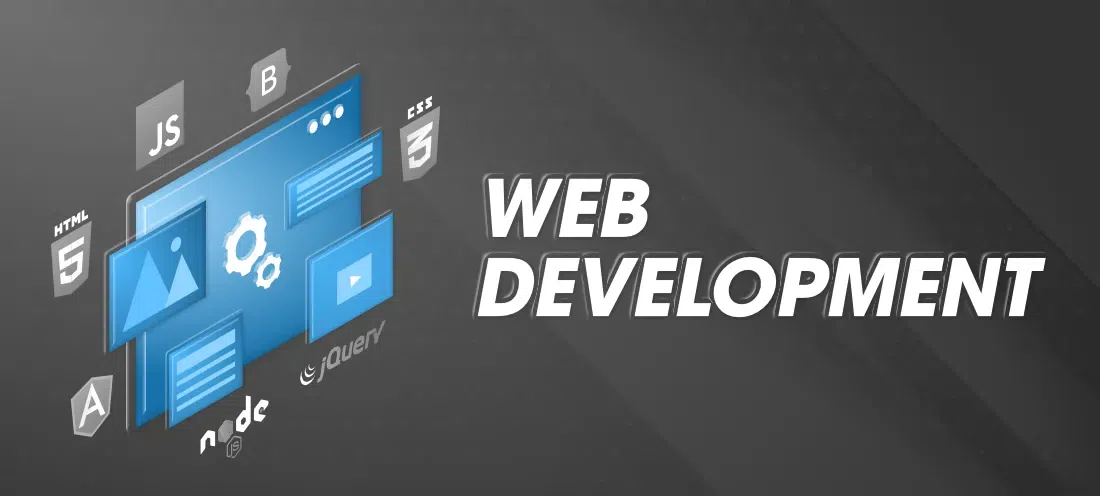Customized Aligned Position Web Design: Unique Web Designs That Reflect Your Brand’s Identity
Customized Aligned Position Web Design: Unique Web Designs That Reflect Your Brand’s Identity
Blog Article
The Best Sorts Of Website Design to Improve Customer Experience and Interaction
In the ever-evolving landscape of electronic interaction, the performance of website design dramatically affects user experience and interaction. Various design techniques, such as minimalist, receptive, and interactive designs, each deal unique benefits that can deal with diverse individual demands. Understanding which kinds of Web style best serve these purposes can be pivotal for organizations aiming to improve consumer complete satisfaction and retention. Nonetheless, the question stays: which style components genuinely reverberate with individuals and foster purposeful engagement? The exploration of these concepts discloses vital insights that may redefine your method to Web layout.
Minimal Website Design
As electronic landscapes end up being progressively chaotic, minimalist Web layout has actually arised as a powerful strategy to boosting customer experience. This style approach prioritizes simplicity, concentrating on essential elements while removing unneeded diversions. By making use of adequate white area, straightforward navigation, and a minimal shade palette, minimal design promotes clarity and directs customer interest to essential content.
The core principle of minimalist website design is to develop a seamless interaction for individuals. By minimizing cognitive tons, users can promptly comprehend information without really feeling overwhelmed. This straight method not just enhances usability yet likewise encourages engagement, as site visitors are much more most likely to explore a site that is aesthetically appealing and very easy to navigate.
In addition, minimalist layout commonly highlights typography and images, using these aspects purposefully to communicate messages effectively. This emphasis on vital parts can enhance brand identity and develop an unforgettable customer experience. Fundamentally, minimal Web layout is not just a fad; it is a thoughtful method that recognizes the value of user-centered design. By stripping away extraneous elements, designers can create a much more interesting, effective, and pleasurable Web experience for all customers.
Responsive Website Design
In today's varied digital setting, receptive Web design has ended up being important for producing a seamless individual experience across a plethora of devices. As users accessibility websites on smartphones, tablets, desktops, and laptops, the ability of a website to adapt its format and web content to various screen sizes and resolutions is important.
Responsive website design uses flexible grids, pictures, and CSS media queries to make certain that Web content is presented efficiently, despite the device used. This approach not just improves the aesthetic allure of an internet site yet likewise considerably improves usability. Customers are a lot more most likely to engage with a website that supplies a regular experience, as it gets rid of the stress of having to zoom in or scroll excessively.
By adopting responsive style, businesses can enhance their presence and reach a broader audience. In summary, receptive Web layout is an essential technique that enhances individual experience, engagement, and general complete satisfaction.
Interactive Website Design
Receptive website design lays the foundation for improving user experience, however interactive Web layout takes this a step even more by involving users in a much more vibrant means - Aligned Position Web Design. By incorporating aspects such as computer animations, clickable models, and real-time comments, interactive website design mesmerizes users, drawing them into visit this web-site a richer browsing experience
This method not just cultivates involvement yet likewise urges customers to explore content actively instead of passively consuming it. Methods such as gamification, where customers gain incentives for finishing jobs, can considerably improve the time invested in a site and enhance overall fulfillment. In addition, interactive attributes can streamline intricate details, making it a lot more delightful and absorbable.

Integrating interactive layout elements can likewise result in higher conversion prices, as users are a lot more most likely to engage with a site that actively entails them. Aligned Position Web Design. Ultimately, interactive Web layout changes user experiences into unforgettable trips, guaranteeing that site visitors return time after time
Flat Design
Identified by its minimalistic technique, flat style highlights simplicity and performance, removing unneeded elements and concentrating on essential functions. This style ideology focuses on use, ensuring that users can navigate user interfaces effortlessly and efficiency. By utilizing a tidy visual, level style gets rid of the clutter typically found in much more ornate styles, thereby boosting customer concentrate on web content and functionality.
The characteristic of level style hinges on its use of bold shades, straightforward typography, and geometric forms. These aspects contribute to a visually enticing user interface that is both contemporary and approachable. Furthermore, flat layout promotes a sense of clarity, allowing individuals to discern essential actions and details without disturbance.
Furthermore, flat style is particularly efficient in receptive Web design, as its simpleness converts well across different tools and screen sizes. By focusing on crucial the original source features, level style not just fulfills user needs however additionally motivates smooth interaction, making it an important element of reliable Web layout strategies.
Adaptive Website Design
Flexible Web layout customizes the user experience by developing multiple repaired designs tailored to different screen sizes and devices. Unlike responsive style, which fluidly changes a solitary design, flexible style employs unique designs for certain breakpoints, making certain optimum discussion on numerous systems. This method allows developers to concentrate on the unique characteristics of each device, boosting use by delivering exactly what individuals need based on their context.
Among the key advantages of flexible Web design is its ability to optimize lots times and efficiency. By offering tailored material and images that fit the customer's tool, web sites can lessen data use and boost loading speeds. This is especially advantageous for users with slower links or minimal data strategies.

Additionally, adaptive layout facilitates a more regulated and consistent branding experience. Since designers create several formats, they can guarantee that the aesthetic components align with the brand's identification throughout different platforms - Aligned Position Web Design. This leads to a cohesive individual experience, improving interaction and advertising customer retention
Conclusion
In final thought, the combination of minimal, receptive, and interactive Web design principles dramatically enhances user experience and interaction. Minimalist style promotes quality and focus, while responsive design guarantees flexibility throughout numerous gadgets, promoting ease of access. Interactive style mesmerizes individuals with vibrant aspects, encouraging expedition and customization. Collectively, these layout comes close to add to the production of easy to use environments that not only improve complete satisfaction however likewise drive greater conversion rates, emphasizing their crucial significance in contemporary Web design strategies.

Minimalist style promotes quality and focus, while responsive style makes sure flexibility throughout numerous tools, advertising accessibility. Collectively, these style comes close to add to the development of straightforward settings that not just enhance contentment however additionally drive greater conversion rates, highlighting their important value in modern Web design techniques.
Report this page